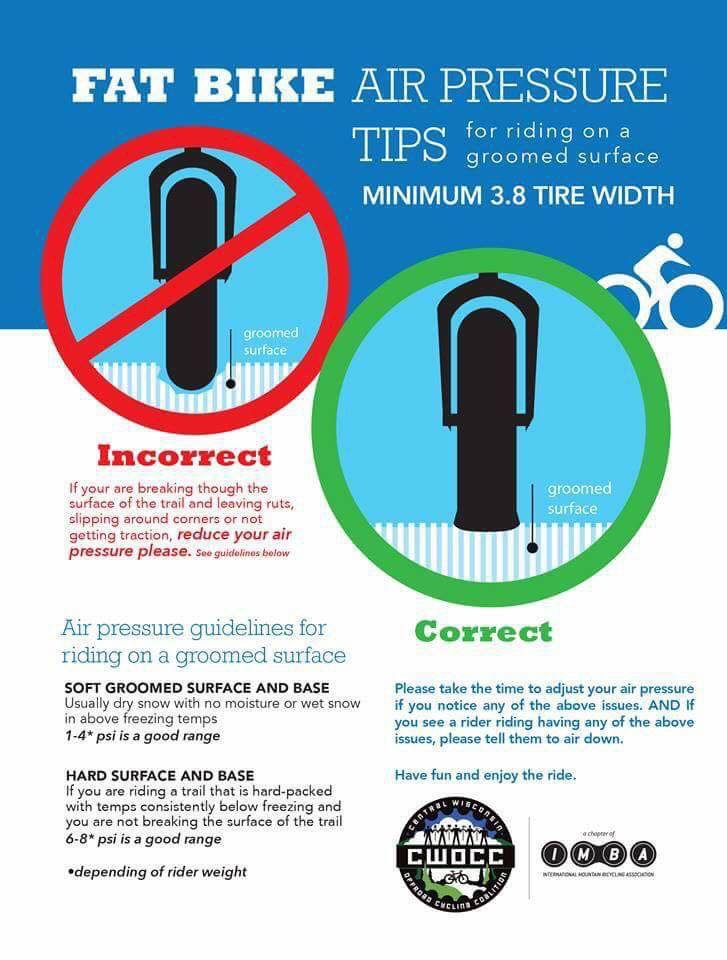Maintaining correct tire inflation pressure is very important since it helps optimize tire performance and fuel economy while over-inflated tires are just as problematic as under-inflated ones.
In fact, driving with under-inflated tires is one of the biggest causes of tire failure, according to the National Highway Traffic Safety Administration.
Besides, under-inflated tires can cause many other problems such as wearing out more rapidly, handling poorly and reducing fuel efficiency.
In addition, over-inflated tires are more susceptible to damage from road irregularities, and this also creates a bumpier ride.
Overfilling your tires is just as dangerous as under-filling them, so it’s important you know what is recommended for your vehicle.
This article will give you everything that you need know about your recommended tire pressure. These include:
Buy Pressure Gauge at Amazon
Recommended tire pressure, where to find it?Since tire pressure is so important to your safety and your car’s overall performance, it is important to know which level of tire pressure is right for your vehicle.
In fact, how much air pressure your tires need depends on several factors, including the type of vehicle, the type of tire and the intended use of the vehicle etc.
Air pressure in tires is measured in pounds per square inch or PSI. You can find your tire pressure both inside your car and on the sidewall of the tire.
How to find recommended tire pressure inside your carYou could find the manufacturer’s optimum or recommended tire pressure for your car on a sticker in the door jam, or in your owner’s manual. Some car models even place the stickers on the trunk lid, in the console or on the fuel door. For best results, look for a placard on the inside of the driver’s door, like the example in the photo below.
How to find maximum tire pressure on the sidewall of your tiresSomewhere on the sidewall of your tire, just below the big, bold letters of the manufacturer, for example, you might have noticed the words ‘Max. Press. 35 PSI.’ (pounds per square inch).
Press. 35 PSI.’ (pounds per square inch).
That number tells you the maximum cold pressure needed for your tire to carry its maximum load.
Most typical tires require about 32 to 35 pounds per square inch (PSI) of air, says Rod Tate, owner of highly rated Colony One Auto Center in Stafford, Texas.
Large trucks require much larger tires with PSIs of 50 to 60. Heavy-duty vehicles can go even higher. For example, tire in the picture below requires 41 pounds per square inch of air.
However, the tire’s maximum pressure is NOT necessarily the most suitable pressure for every vehicle upon which the tire can be used (almost all vehicle manufacturers’ recommended tire inflation pressures are less than the tires’ maximum pressure).
You really should follow the recommended pressure printed somewhere inside your car or in the manual rather than the maximum pressure. In the next section, I will explain why.
Buy Pressure Gauge at Amazon
Why is maximum tire pressure not the best?If you insist on inflating your tires to the max PSI, there will be more likely that two things below will happen
Since tires inflated to the max cannot give as much on the sidewall, you might see superior cornering, but it could be at the risk of your braking threshold. One quick corner and your back end could slide out.
One quick corner and your back end could slide out.
When your tires are inflated too much, the rubber rounds out at the top of the tire when you are driving, and the center will quickly wear out. You will also reduce your traction and you could even cause a blowout.
Therefore, maximum pressure is not the best, rather, recommended pressure is. I need to repeat here that the pressure listed on the sidewall is a maximum pressure only, but not a recommended pressure. Instead, you should use the air pressure recommended in the vehicle’s owner’s manual or tire information placard label.
How to check your tires pressure?Therefore, maximum pressure is not the best, rather, recommended pressure is. I need to repeat here that the pressure listed on the sidewall is a maximum pressure only, but not a recommended pressure. Instead, you should use the air pressure recommended in the vehicle’s owner’s manual or tire information placard label.
Instead, you should use the air pressure recommended in the vehicle’s owner’s manual or tire information placard label.
After knowing the most appropriate pressure for your car tires, you should check whether your tires have such pressure. In addition, checking the pressure of your tires regularly is one of the most important – and most often overlooked – regular maintenance that you should do to ensure your safety and quality of your driving. Monitoring the amount of air in your tires will let you know if you have a small leak and can help you avoid an unexpected flat tire.
Frequently checking your PSI becomes even more important in the fall and winter, when outside temperatures drop and weather conditions fluctuate causing your tires to lose air more quickly. Generally speaking, your tire will gain or lose one PSI for every 10-degree change in temperature, which means if you have a sudden drop of 30 degrees, you could lose three PSI overnight. If your tires were already low, this could cause tire damage, steering problems or even a flat tire.
Some experts recommend that you should check the air pressure every time you refuel; others say once a month is sufficient.
How to check tire pressure properly? Checking tire pressure is easy. You can do it right at home or at the gas station. Just be sure you check the pressure when your tires are cold, or have not been driven in several hours. This will give you the most accurate reading.
The most important piece of equipment you need is an accurate tire pressure gauge. You can find battery-operated digital gauges, or more traditional stick-type gauge found at most gas stations. A good gauge should not set you back more than $15 – a worthwhile investment for a longer life for your tires.
Buy Pressure Gauge at Amazon
Make sure you have your manufacturer’s PSI handy when you are checking your tire pressure, and then follow these steps:

By checking tire pressure once a month, you will get a good idea how they are performing. If your tires are fairly new and continue to leak air, you should consult your dealer or mechanic. You may have a faulty valve or other damage that is difficult to detect which could unfortunately result in the need to replace the tires completely. But with proactive maintenance, you could catch an issue before it becomes a problem, and just end up needing a small repair.
But with proactive maintenance, you could catch an issue before it becomes a problem, and just end up needing a small repair.
Often, it is hard to spot an under-inflated tire until it is too late – in other words, it is completely flat. Of course, you could carry a gauge around at all times to measure the pressure, but that is not exactly convenient. Instead, watch for these signs and symptoms of tires that are under-inflated.
When your tires are under-inflated, your ride can be less smooth than usual. You may even find that it takes longer to brake.
When a tire is not inflated properly, it wears down more quickly. If you notice that one or all of your tires are wearing out faster than usual, it may be because they are under-inflated.
Tires that are under-inflated can make your vehicle quiver and shake, which is not a pleasant driving experience. Under-inflation can even cause tires to become misaligned, with comes with it is own variety of problems.
Under-inflation can even cause tires to become misaligned, with comes with it is own variety of problems.
These are all things that you need to know about recommended pressures of your car tires. After reading this article, you will never confuse about the right pressure of your tires and will know how to check it.
Please share your ideas with me if you have other tips for this.
From a safety and cost standpoint, tire maintenance is one of the most important things you can do for your car. The easiest way to care for your tires is both quick and inexpensive: maintain the correct tire pressure.
The recommended pressure for tires varies by the type of car and tire. Because maintaining your tires is so crucial to your safety and your car’s overall performance, it’s important to know what tire pressure is correct for your vehicle.
To learn what your tire pressure should be, look for your manufacturer’s recommendation, which is printed on a label inside your car. Depending on the vehicle, this label may be on the edge of the vehicle’s door, on the doorpost or in the glove box. The label will usually give recommendations for the front and rear tires as well as the spare, and it’s important that you stick to those guidelines. Even after you’ve replaced your tires, the same pressure guidelines on your car’s label apply to new tires of the same size.
Depending on the vehicle, this label may be on the edge of the vehicle’s door, on the doorpost or in the glove box. The label will usually give recommendations for the front and rear tires as well as the spare, and it’s important that you stick to those guidelines. Even after you’ve replaced your tires, the same pressure guidelines on your car’s label apply to new tires of the same size.
Pressure recommendations are based on readings taken from a tire pressure gauge. Check the pressure first thing in the morning or wait at least three hours after driving; this provides sufficient time for them to cool back down.1
Driving on underinflated tires is one of the biggest causes of tire failure, according to the National Highway Traffic Safety Administration. And not having enough air in your tires can lead to other problems. Under-inflated tires wear out more rapidly, handle poorly and reduce fuel efficiency. On the other hand, overinflated tires are more susceptible to damage from road irregularities, and they also result in a bumpier ride. Overfilling your tires is just as dangerous as underfilling them, so it’s important you know what is recommended for your vehicle.
On the other hand, overinflated tires are more susceptible to damage from road irregularities, and they also result in a bumpier ride. Overfilling your tires is just as dangerous as underfilling them, so it’s important you know what is recommended for your vehicle.
Knowing how to check tire pressure is critical to your safety and to keeping your tires in good working order.
When it comes to choosing a gauge, you typically have 3 options:
Put the pressure gauge into the valve stem, making sure the gauge is evenly and firmly pressed onto the stem.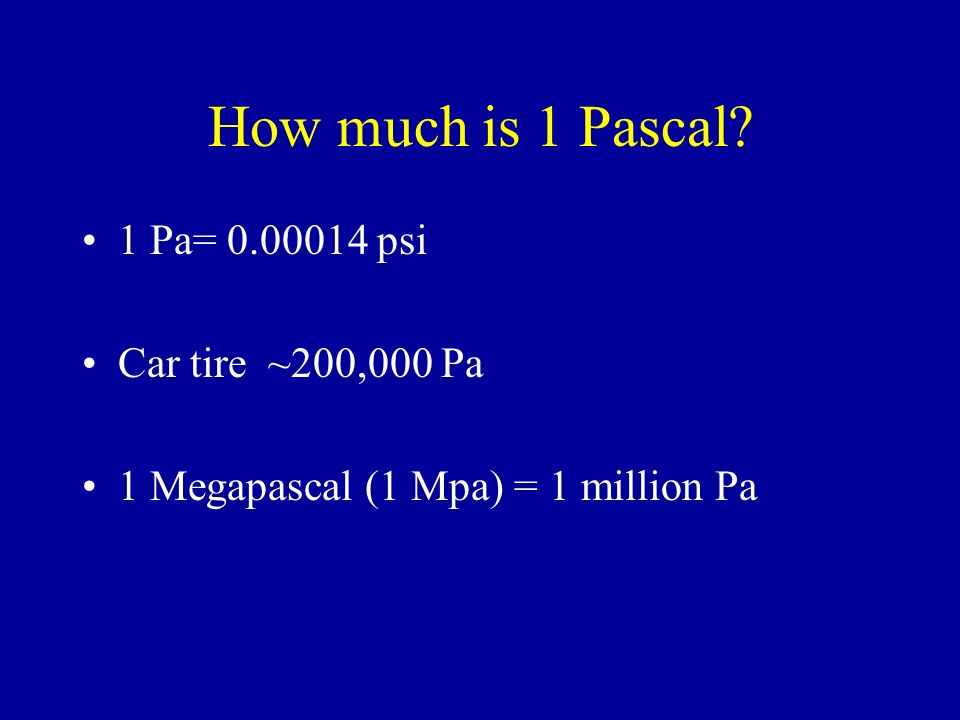 If you’re using a pen-style gauge, read the number on the rod that pops out of the sleeve. Read dial pressure gauges as you would a watch with one hand. With a digital pressure gauge, simply read the number on the screen. 2
If you’re using a pen-style gauge, read the number on the rod that pops out of the sleeve. Read dial pressure gauges as you would a watch with one hand. With a digital pressure gauge, simply read the number on the screen. 2
Find your tires’ recommended PSI in the owner’s manual or on a sticker just inside the driver’s side door. The proper PSI is crucial to your safety and the car’s longevity. Underinflated tires can overheat and wear unevenly; overinflated tires can blow out.1
Temperature has a direct effect on your air tires’ air pressure, so for an accurate PSI reading, make sure to check tire pressure when tires are cold. If it’s cold outside, then you can assume your tires are losing PSI and you should check even more frequently. This will help to ensure maximum safety. Take your car to a mechanic you trust for a professional assessment.3
If you happen to find yourself without a tire gauge and your car doesn’t have an indicator for low tire pressure, there are several things you can do to figure out whether your tires need to be inflated.
Of course, knowing your recommended PSI isn’t enough. You have to ensure you’re checking your tires regularly. Experts recommend you check air pressure once a month.5 Your car’s tire pressure monitoring system TPMS measures the amount of air in your tires to let you know whether your tires are properly inflated.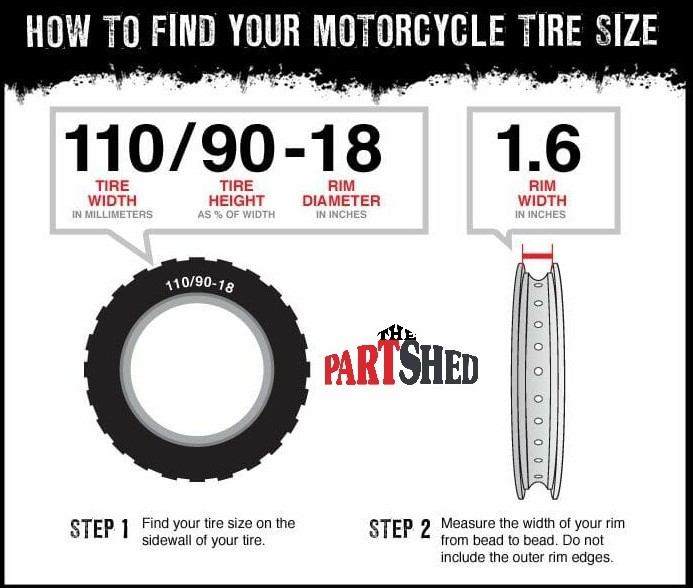 1
1
Frequently checking your PSI becomes even more important in the fall and winter, when outside temperatures drop and weather conditions fluctuate causing your tires to lose air more quickly. Generally, your tire will gain or lose 1 PSI for every 10-degree change in temperature, which means if you have a sudden drop of 30 degrees, you could lose 3 PSI overnight. If your tires were already low, this could cause tire damage, steering problems or even a flat tire.3
Knowing and maintaining the right air pressure is important to the safety and longevity of your tires. All it takes is a tire pressure gauge and a few minutes of your time.
Once you have the right tire pressure, make sure you also have the right coverage. Learn more about how Nationwide auto insurance can help protect you and save you money.
Sources:
1 https://www.pirelli.com/tires/en-us/car/driving-and-tire-tips/how-to-read/recommended-tire-pressure, Accessed April 2022.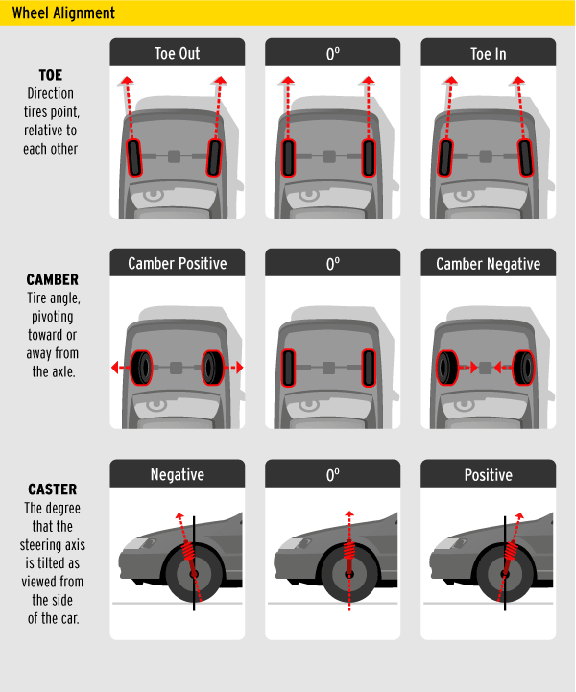
2 https://www.consumerreports.org/cro/tire-pressure-gauges/buying-guide/index.htm#:~:text=There%20are%20three%20types%20of,of%205%20to%2099%20psi., Accessed April 2022.
3 https://www.firestonecompleteautocare.com/blog/tires/should-i-inflate-tires-cold-weather/, Accessed April 2022.
4 https://rxmechanic.com/how-to-check-tire-pressure-without-gauge/, Accessed February 2022.
You may ask how many psi for my carbon road wheels ? What is the appropriate tire pressure? The article contains information to help you get the recommended tire pressure.
Another thing is when you get the recommended tire pressure between clincher wheel tires and clincher wheel tires .
Standard tubed clincher tires. nine0004
The maximum pressure to use our tube mounted clincher wheels is 120 psi, however we believe the best performance is achieved below 110 psi for all riders.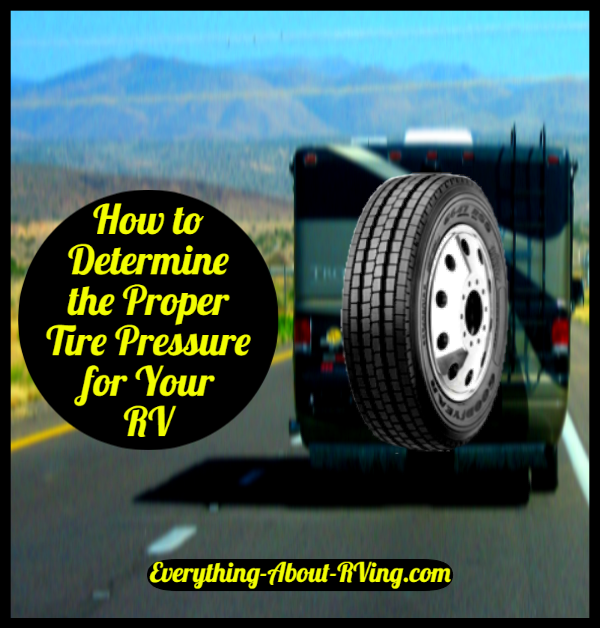 The recommended pressure for clincher tires is slightly higher than for tubeless tires to prevent pinching.
The recommended pressure for clincher tires is slightly higher than for tubeless tires to prevent pinching.
Tubeless
The maximum pressure to use our wheels with tubeless tires is 100 psi, however we believe the best performance is achieved below 100 psi for all riders. The recommended pressure is lower than the clincher to achieve the lowest rolling resistance, and it is clear that pressure flats are not a problem. nine0005
The table below shows our recommended tire pressures.
| STANDARD CLINCHER TIRE WITH INNER TUBE | TUBELESS TIRES | |
|---|---|---|
| ≤ 65 KG PIECE | 23 mm - 95/100 psi Inch 25 mm - 90/95 psi Inch 28 mm - 85/90 psi Inch | 23 mm - 90/95 psi Inch 25 mm - 85/90 psi Inch 28 mm - 80/85 psi Inch | nine0033
| 65 - 75 KG JACKER | 23 mm - 100/105 psi Inch 25 mm - 95/100 psi Inch 28 mm - 90/95 psi Inch | 23 mm - 90/95 psi Inch 25 mm - 85/90 psi Inch 28 mm - 85/90 psi Inch |
| 75 - 85 KG HEAD | 23 mm - 101/106 psi Inch 25 mm - 96/101 psi Inch 28 mm - 91/96 psi Inch | 23 mm - 95/98 psi Inch 25 mm - 90/95 psi Inch 28 mm - 85/90 psi Inch |
| 85 - 95 KG HEAD | 23 mm - 104/109 psi Inch 25 mm - 99/104 psi Inch 28 mm - 94/100 psi Inch | 23 mm - 95/99 psi Inch 25 mm - 90/95 psi Inch 28 mm - 88/95 psi Inch |
IMPORTANT INFORMATION - Please check and never exceed the maximum recommended tire pressure on the side of the tire.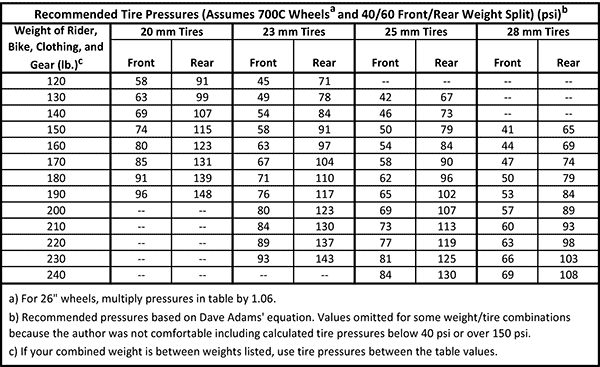 nine0005
nine0005
If you already know your weight and tire size, you can get the recommended tire pressure. See the tire pressure chart to see how many psi( psi ) for your tire below.
A unit of measurement of weight: pound
The size of the tire0109 Ever since John Dunlop patented his experimental "pneumatic tire" in 1888, cyclists have been lining up to buy his miraculous invention. The tires were first glued on and then mounted on the rim. It took several years for the automotive industry to accept Dunlop's invention, by which time rubber tires had been extensively researched on bicycles. Larger wheels rolled better than small ones, and thicker tires provided better traction than thinner ones. The fat tires resisted the inevitable evil of punctures, but pedaling wasn't easy. All these contradictions had to be solved by tire companies. nine0005 In the end, a number of compromises were found. Racers used thin tires with smooth tread and flexible sidewalls, inflated to high pressure, expressed in pounds per square inch (psi). Manufacturers have printed an extremely wide range of minimum and maximum tire pressures on the tire sidewalls - information that was useless to the individual cyclist, but now the old myths have been debunked over the past fifteen years as the MTB industry has closely examined the pressure the individual cyclist requires for the desired combination of stability on road, speed and comfort. nine0005 The first legend to be destroyed was that thin, high-pressure tires meant speed. Scientific experiments have shown that a rider weighing, say, 155 pounds using 28mm tires at 60 psi will completely outperform his old-fashioned opponent from the 1980s who lost at 120 psi in 20 mm hard surfaces. Tire with lower pressure and larger cross section for superior comfort, road holding, speed and puncture resistance. But what is a hobbyist to do if he or she wants to find the optimum pressure for a particular tire? There are many easy-to-use applications for calculating tire pressure on the Internet. Enter your exact weight, the diameter of the tire you are using, then press CALCULATION . You can calculate your bicycle tire pressure here. A petite lady weighing about 110 pounds will be told to use fatbike tires at just under 20 psi. And the 200-pound bruiser will get a 130-psi recommendation for its 23mm road tires. Please note that these numbers require fine tuning. Use this approximate psi value as a starting point and experiment using more or less 5 psi until the process produces the desired pressure. I want to know what is the lowest tire pressure you could put on a top speed 44psi tire? I run these tires at 33-34 psi. inch for about half a year now, will it damage my tires? I plan to install 36 psi. inch to make it close to the nominal maximum limit. marchemike 2014-05-20 19:53:58 +0000 Tire pressure is usually determined by vehicle weight and tire type. In other words, 44 psi. in. (44 psi) is the maximum tire pressure at its maximum load. You can safely inflate tires to maximum pressure, but this may not provide the best ride or performance. Since you haven't given us any information about the type of tire or vehicle, I will say that you should use 10% to 15% pressure at maximum psi to get the best ride or tire performance. This is just a guess and you will have to do a little research yourself depending on the brand of tire and vehicle type. CharlieRB 2019-01-31 22:58:03 +0000 Tire pressure should only be appropriate for vehicle weight/ground area per tire/4 tyres. However, cornering can increase tire inertial mass and increase friction wear and life. The pressure is therefore a compromise between gentle shock absorption and long-term comfort. Using the recommended pressure can optimize service life. But not comfort, but the number of passengers + luggage can make a difference. Optimum tire pressure depends on how you ride corners and absorb bumps that cause rim damage, not highway comfort and vibrations. Tony Stewart Sunnyskyguy EE75 2018-10-13 16:51:17 +0000 38psi seems to be perfect for a tire with 44psi max cold. It is recommended to check between winter and summer. Technically, you should check every month, but how many of us do this. My truck, which has a tire rating at 80psi cold, seems to do best in the 50-60psi range. When you start getting around 7 70-80psi you are in for a pretty tough ride. It can also add unnecessary stress to the shocks/bars and general suspension components. Note: If you tend to haul heavy loads, you may want to be a little higher in FPS. inch but never exceed the maximum cold figure and remember to check when the car is idle like at night and check before the sun can affect anything. Chelsea 2017-08-31 23:39:52 +0000 I ran 38 psi when I was rated at 44 psi. When they warmed up, they were at 40 psi. They were perfectly dressed. Got 64,000 of them. They were a little over 5 years old. Ralph Hitchens Jr. nine0005 2019-01-31 18:38:45 +0000 I have a 2011 vagrant synthesis. The tires have a maximum sidewall pressure of 44 psi. inch, and the sticker on the door is 31 psi. inch. Big difference! At 60,000 miles, the tread on the outside is next to the wear indicators, and the tread in the middle is probably only halfway down. When I look up why tires wear so much, I find it is usually due to insufficient ventilation. Getting ready to get new tires and will definitely keep them close to 40 psi. Mike C 2019-08-06 18:17:26 +0000 The door will have the original tire that came with the car if you put the original tires they call back when you need new ones. you will probably keep the same specs when you change tire brands and different sizes, the manufacturer will give you the specs for this tire, and the safety of this tire, I always go to buy tire specs, check the tire sidewall pressure by them, you can still call the tire factory that makes this brand of tire that would be better than everyone here, just guessing. nine0005 A source Todd Miller 2019-07-03 16:49:35 +0000 Many older vehicles came with tires up to 35 psi installed. inch. You won't find another tire with this one anymore.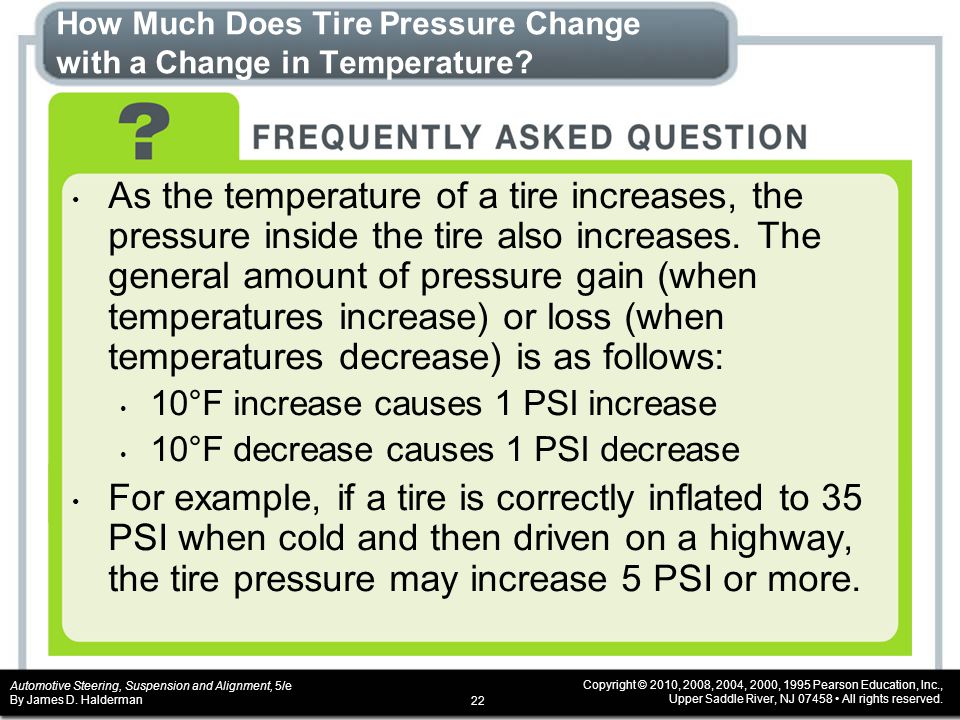 Butcher Boy needed fat tires for puncture protection at lower pressures and long life when carrying heavy loads. The postman's bike was somewhere in between the two extremes. And a number of myths have arisen based on tire pressure.
Butcher Boy needed fat tires for puncture protection at lower pressures and long life when carrying heavy loads. The postman's bike was somewhere in between the two extremes. And a number of myths have arisen based on tire pressure.  These days, professional road builders ride tires, sometimes even 30mm wide, that are suitable for the surface they will be racing on. And they do so under pressure determined by their own weight—or the weight of the bike and rider combined.
These days, professional road builders ride tires, sometimes even 30mm wide, that are suitable for the surface they will be racing on. And they do so under pressure determined by their own weight—or the weight of the bike and rider combined.  This fine-tuning process will need to be increased another 1.5 psi from the bottom end if you are using tubeless. And hookless tubeless tires are worth a try at pressures up to 5 psi less than what applications expect. nine0005
This fine-tuning process will need to be increased another 1.5 psi from the bottom end if you are using tubeless. And hookless tubeless tires are worth a try at pressures up to 5 psi less than what applications expect. nine0005 lowest tire pressure for a 44psi tire
Source  Each vehicle has a specified pressure/load rating on a plate located in the jamming area of the doors. It might look like this; nine0005
Each vehicle has a specified pressure/load rating on a plate located in the jamming area of the doors. It might look like this; nine0005 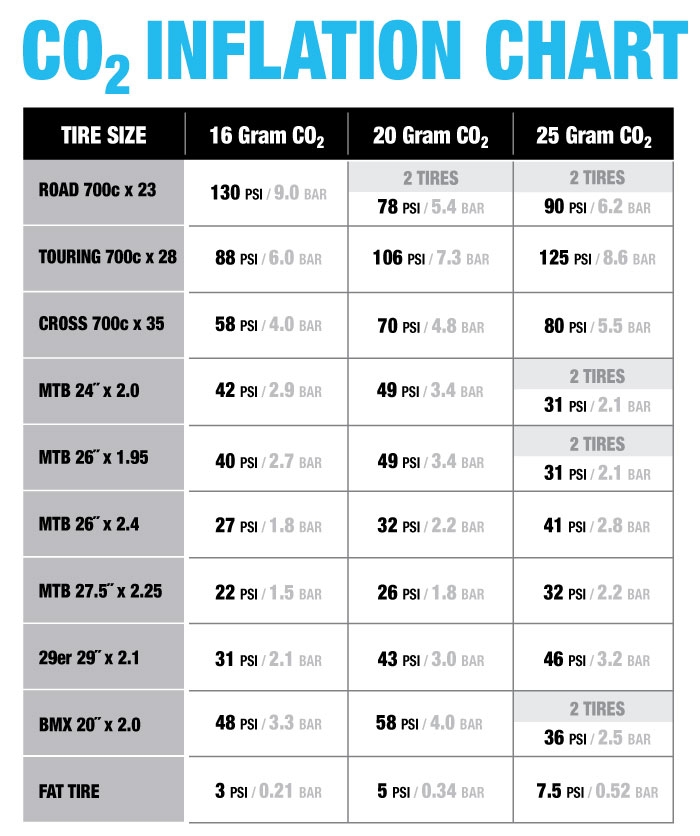 nine0005
nine0005  nine0005 A source
nine0005 A source  inch. nine0005 A source
inch. nine0005 A source 